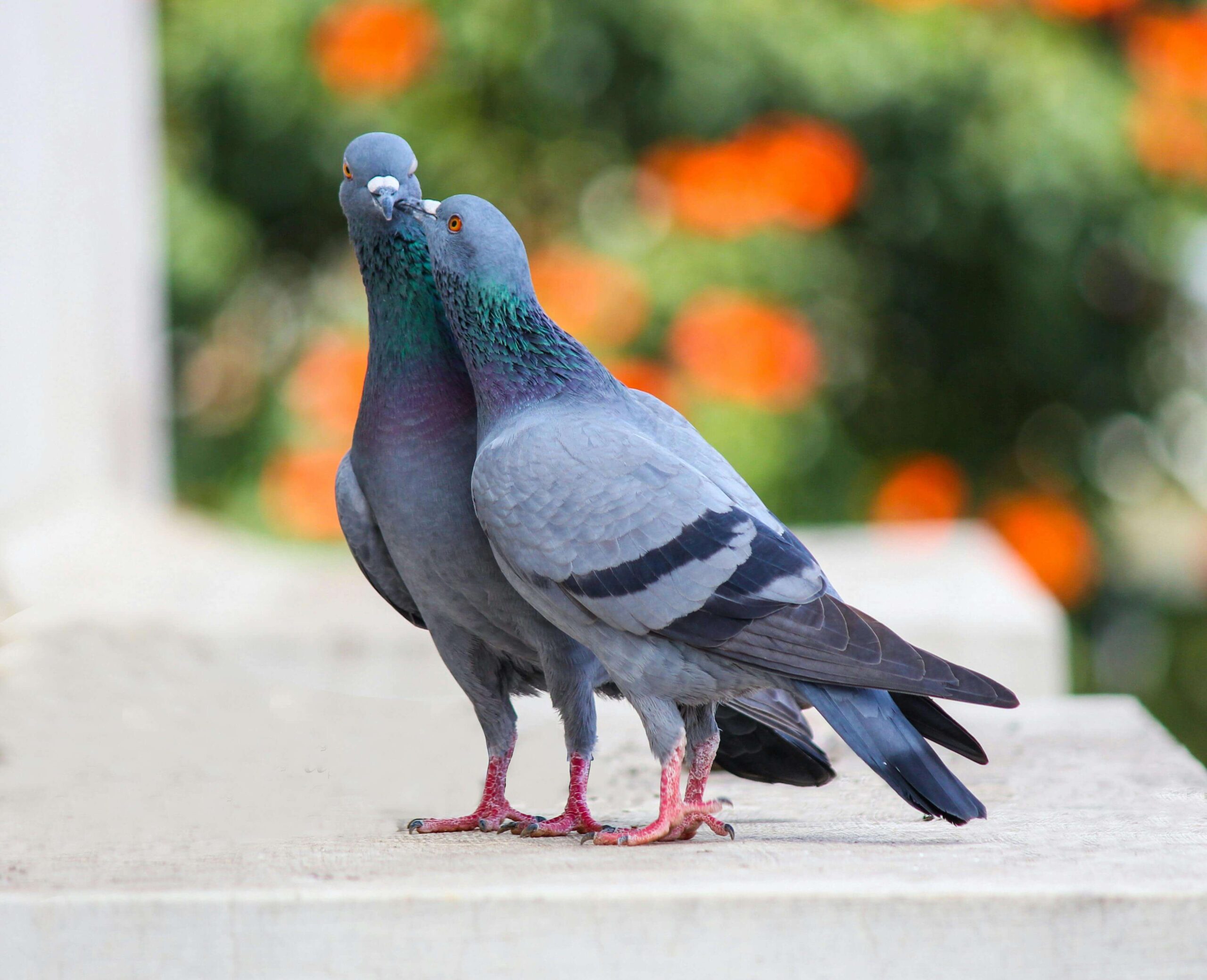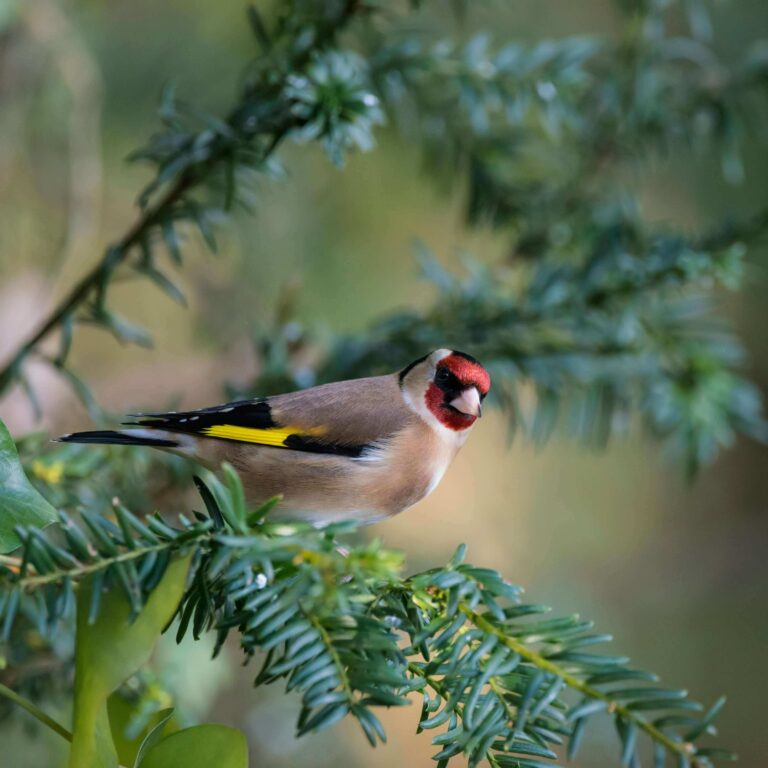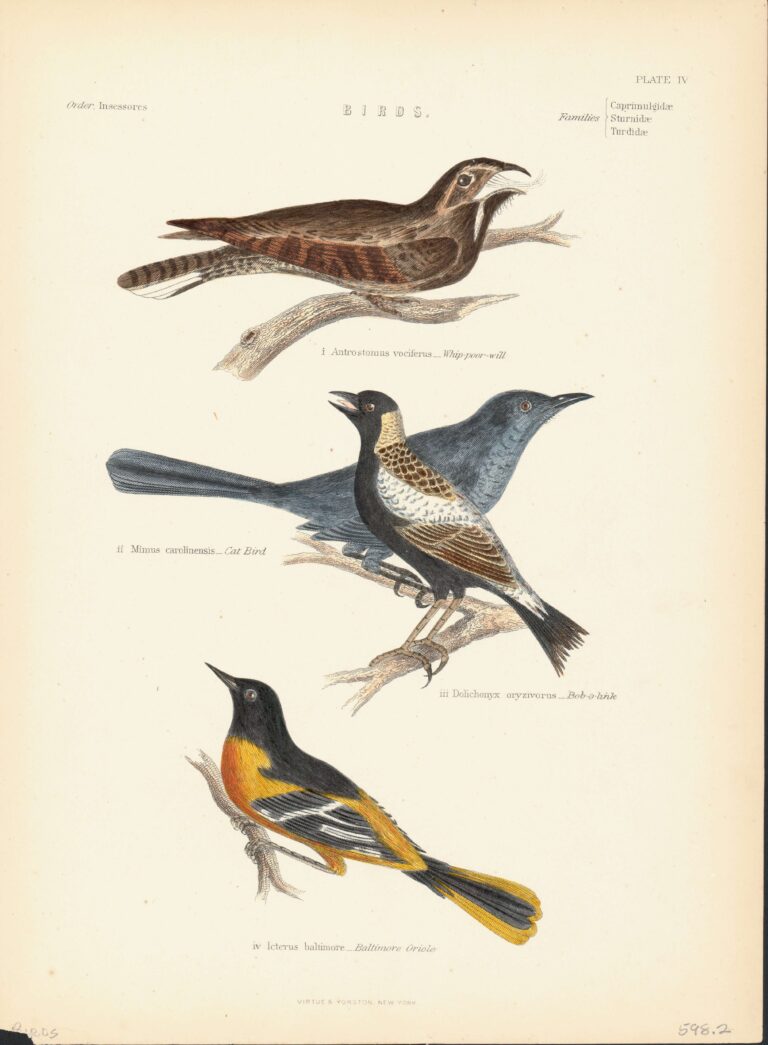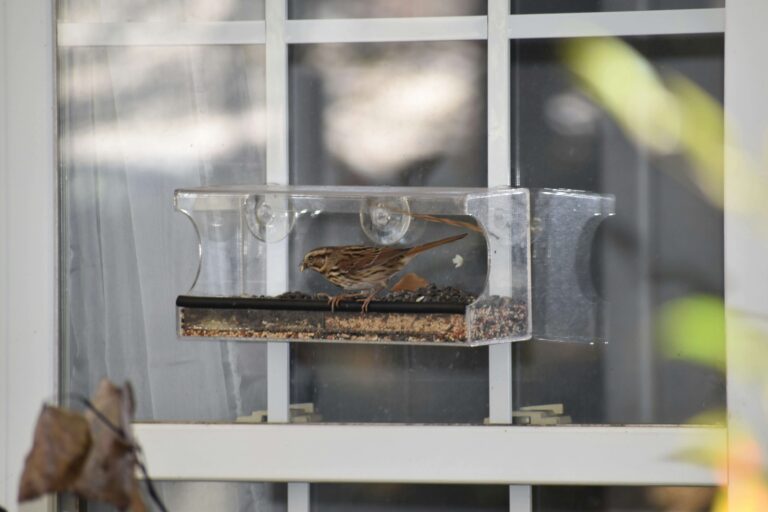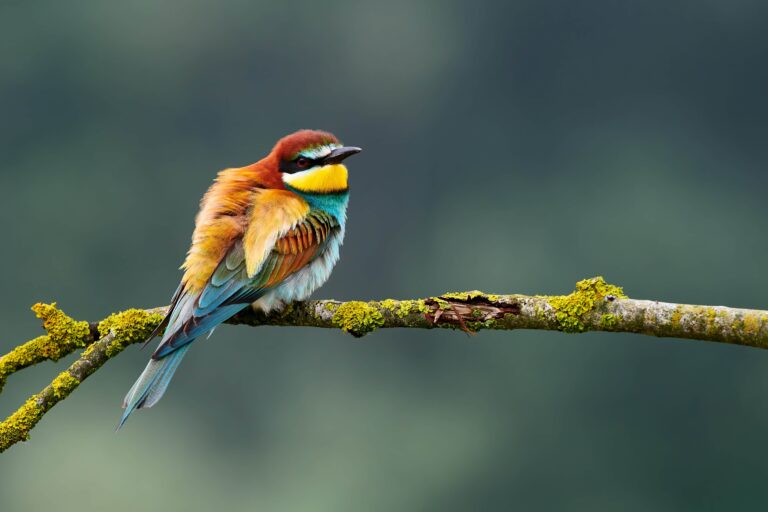City vs Country Pigeons: How Different Are They Really?
Ever watched a pigeon strut across a city sidewalk and thought, that bird has zero fear? Ever noticed how bold pigeons are in cities—and how skittish they seem in the countryside? City vs country pigeons may look like the same bird, but their habits, homes, and even diets can be surprisingly different.
Now compare that to a rural pigeon flapping off a fence post the moment you breathe too loud.
City pigeons vs country pigeons might seem like the same bird with different backdrops—but spend a little time watching them, and you’ll notice they live totally different lives.
From diet to attitude, feathers to survival tactics, these two groups have adapted in ways that say a lot about humans… and even more about birds.
A Closer Look at the Pigeon’s Wild Origins
Before they ruled train stations and park benches, pigeons were rock doves. Literally.
Their ancestors nested on cliffs and rocky outcrops—making our city ledges and rooftops an almost perfect substitute. Over time, they’ve evolved to thrive in very different habitats. And whether you’re spotting them downtown or down a gravel road, both types are just doing what pigeons do best: adapting.
Where City vs Country Pigeons Live
City pigeons nest in all the usual urban suspects: underpasses, eaves, billboards, and air conditioners. They love narrow ledges and high, hidden spaces where predators can’t easily follow.
Country pigeons, meanwhile, lean into the rustic lifestyle. You’ll find them in old barns, abandoned sheds, grain silos, and tree-lined bridges. They’re still drawn to height, but they have more natural roosts to choose from—and less traffic to dodge.
In both places, pigeons take what they can get. And honestly? They make it work better than most of us would.
What They Eat: Pizza Crusts vs. Field Grains
Let’s be real—city pigeons are the kings and queens of street food.
From dropped hot dog buns to crumpled granola bars, they’ll take whatever they can scavenge. That includes fries, cookies, and a surprising amount of popcorn.
Country pigeons? Their diets tend to include:
- Spilled grain near silos
- Wild seeds
- Corn and oats from nearby fields
- The occasional berry or green
Of course, each has its downside. Urban birds face more processed food and wrappers. Rural birds risk pesticides or competition with farm animals.
Still, I once saw a city pigeon drag an entire chicken nugget across a sidewalk with a look of pure determination. You’ve got to respect that kind of hustle.
How They Act: Bold in the City, Cautious in the Country
City pigeons are bold. Sometimes alarmingly so. They’ll walk between your feet like they own the concrete. Years of living around humans have taught them we’re more annoying than dangerous.
On the other hand, rural pigeons tend to be warier. They’re used to hawks, raccoons, and even curious cats. Their caution isn’t fear—it’s survival.
Interestingly, country pigeons also stick more closely to their flocks, while urban ones can seem more scattered—unless there’s food involved, in which case it’s every bird for themselves.
Feather Patterns and Appearance
Pigeons all descend from the same species, but urban and rural groups often look a little different.
City birds are usually:
- Grayer overall
- Sometimes have missing tail feathers from scrapes with city infrastructure
- Covered in a light film of dust (or worse) from smog and grime
Rural pigeons tend to look:
- Cleaner and sleeker
- Slightly more iridescent in good light
- More uniform if living near a maintained farm population
Still, every now and then, you spot a city pigeon with the fluffiest neck feathers you’ve ever seen—proof that beauty can show up in the most unlikely places.
Who’s Healthier? A Look at Lifestyle and Risks
City pigeons eat more human junk, but they often get constant access to food. They also face pollutants, traffic, and overcrowding—which leads to more parasite transmission.
Country pigeons, by contrast, enjoy fresher air and a more natural diet. But they’re more exposed to predators and changing weather. Plus, food isn’t always guaranteed in winter.
In short: neither has it easy. Just different kinds of hard. Learn more about other bird types Galah Bird Feeder Guide: How to Attract These Gentle Pinks
The Hidden Intelligence of Pigeons (Wherever They Live)
No matter where they roost, pigeons are smart. Like, “can-recognize-themselves-in-a-mirror” smart.
Studies have shown they can:
- Remember dozens of individual faces
- Navigate hundreds of miles to find their way home
- Even distinguish between artistic styles (seriously)
Whether they’re dodging taxis or skimming across open fields, pigeons prove that intelligence and adaptability go wing-in-wing.
Why We Should Appreciate Pigeons — City or Country
It’s easy to dismiss pigeons. They’re everywhere. They’re not exotic. And they’ve learned to live right alongside us—sometimes too close.
But maybe that’s exactly why they deserve a second look.
That’s one of the clearest personality shifts when comparing city vs country pigeons.
And whether you see them fluttering past a skyline or cooing from a barn loft, they remind us that nature is always close—sometimes just a wingbeat away. Whether you see them on rooftops or farm fences, city vs country pigeons show us how adaptable wildlife truly is.
FAQ: City Pigeons vs Country Pigeons
Do rural and urban pigeons ever intermix?
Yes! Especially in smaller towns where the line between city and farmland blurs. They’re all part of the same species.
Are country pigeons a different breed?
Not really—though some domesticated pigeons raised on farms might have more controlled coloring or traits.
Do pigeons migrate?
Most pigeons don’t migrate long distances. They tend to stay near their food source, especially if conditions are stable.
Are country pigeons cleaner?
Usually, yes—but that’s mostly because they’re not bathing in car exhaust or scavenging near garbage bins.
Do pigeons live long lives?
In the wild, 3–6 years is typical. But with luck (and fewer predators), they can live longer.
